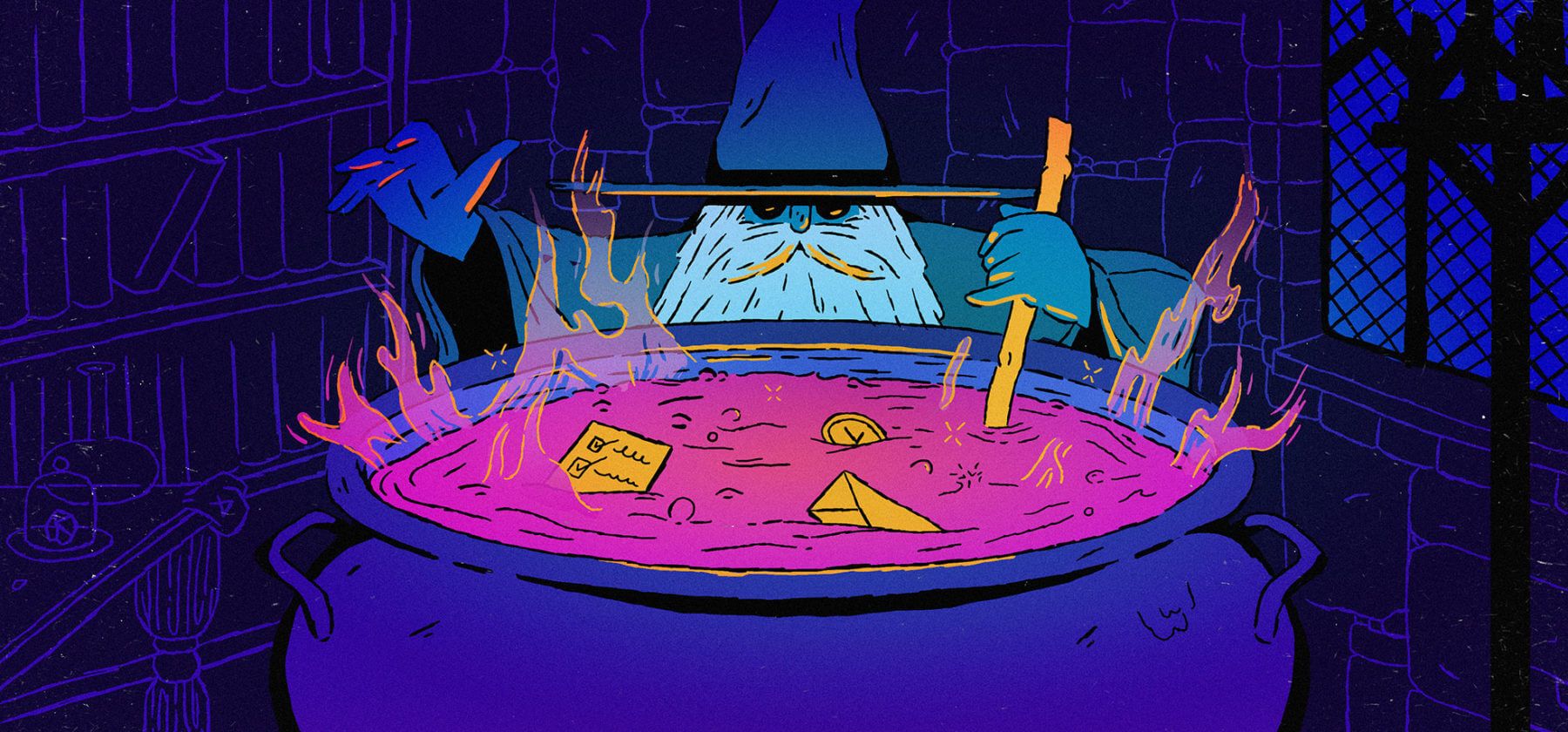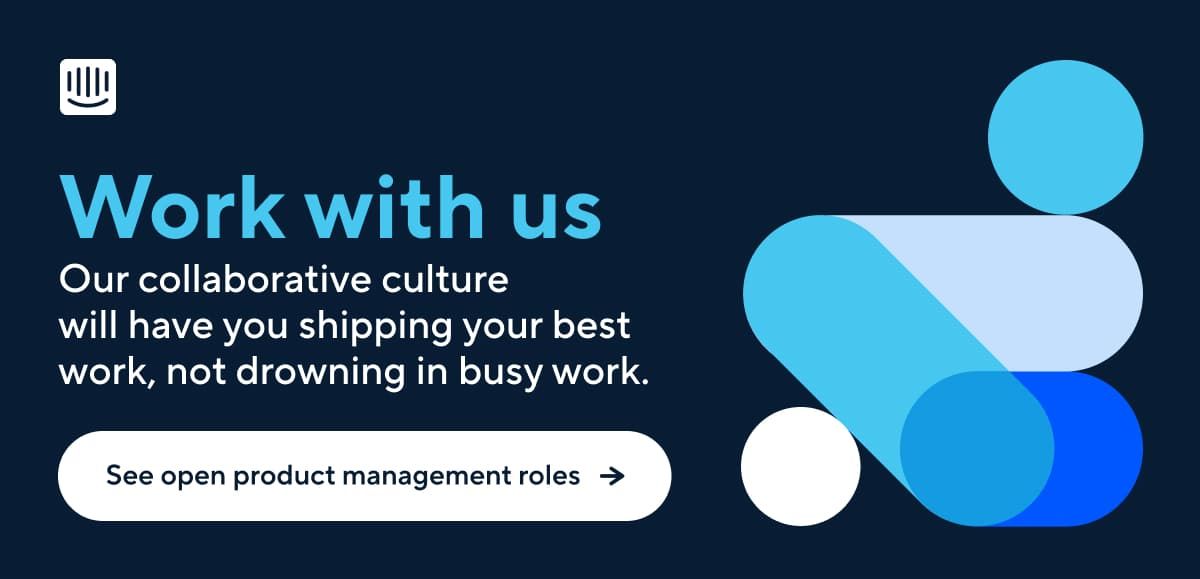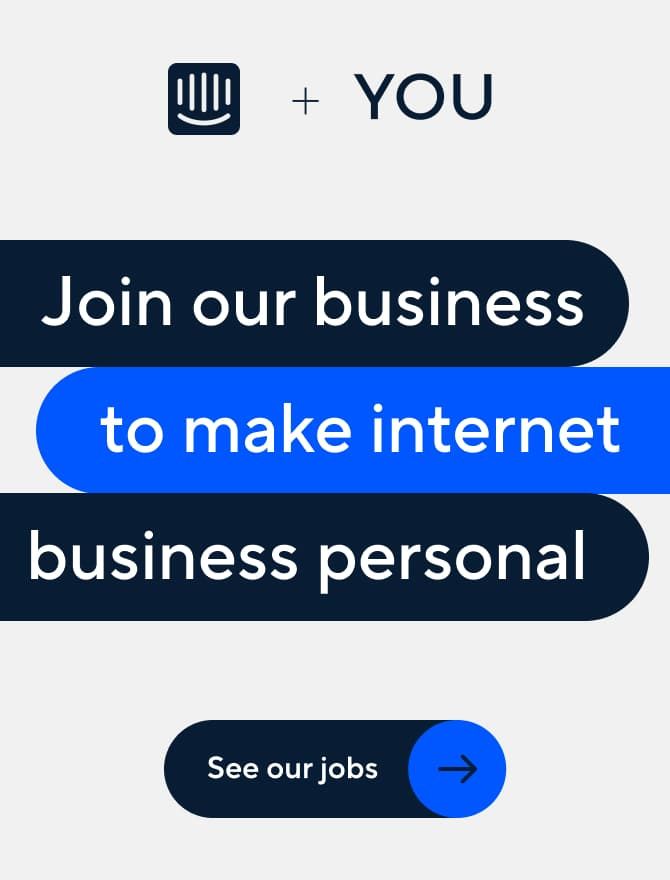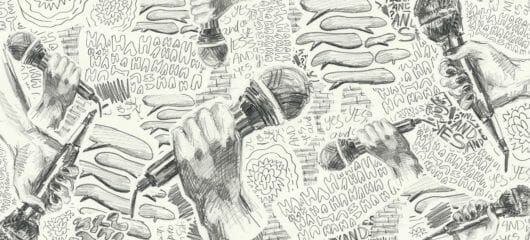
Taking your product design career to the next level
Main illustration: Joshuah Miranda
Picture this: You’re a product designer with a handful of years on your career path. You’ve cut your teeth on a few big launches and earned your stripes as a solid “mid level” product designer.
Like many designers, you’re curious and ambitious. You look to the future and ask yourself, where do I want to be this time next year? What about in five years? What’s next for me?
Developing your product design career as an individual contributor
There’s a classic fork in the road for product designers who are looking to grow in their career. One career path leads to management: to running teams and projects, to managing people, to creating impact through others. The other path – the one I’ll focus on in this post – continues along the journey of the individual contributor: to mastery of the craft of design, leadership without the need to manage, and, above all else, shipping great work.
As a designer on the management path, a large part of my focus has been to help individual contributor (IC) designers to develop in their role. I’ve been fortunate in that this has given me a valuable perspective on career growth for ICs.
“Getting promoted is usually more nuanced than just nailing a series of discrete tasks”
At product companies, career development for IC designers typically looks like becoming a senior and eventually a principal or staff designer. In my experience, many product designers who aim to achieve one of these positions tend to ask a seemingly simple question: “What do I need to do to get promoted?” However, this question rarely has a simple answer.
Getting promoted is usually more nuanced than just nailing a series of discrete tasks (like shipping a particular project, for example). It also requires consistently demonstrating impact across a broad range of competencies that are often more amorphous (like learning how to think strategically, for example).
Knowing what you want your next role to be is the first step. Once you do know, you should turn your attention to how to get there. Focus on the means as opposed to the end. Put thoughts of promotions and shiny new titles to the back of your mind and instead focus on your own journey and growth.
This all sounds simple, but how can it be done in practice? Well, there’s a recipe which I’ve found provides a healthy frame within which IC designers can think about their growth, and it’s one that contains just two simple ingredients: results and behaviors.
Results: The main ingredient of product design career development
Product designers who want to stay on the IC path often focus on improving their technical skills in order to achieve career growth. They gain expertise in systems thinking, up-level in their prototyping abilities, become killer visual designers. They then use these skills to improve their execution, ship better quality product faster, and get better results.
Results are the output of the work that you do. As a product designer, results are assessed based on the quality and impact of your design work, based on whether you are shipping “good design,” i.e. Your work is:
- Valuable to customers and solves the intended problem.
- Easy to use and understandable.
- Well crafted and polished.
Achieving great results is extremely important, however it’s also just one part of what it takes to be a great designer. There is another ingredient that is less obvious, less tangible, but just as important to improve in, in order to grow. It’s about how you go about your work. It’s about your behaviors.
Behaviors: The secret sauce of product design career development
Behaviors are how you approach your work – how you act, think and communicate in your role. The behaviors of a product designer are assessed based on whether you can work successfully with the people around you, i.e:
- You commit to doing things and then follow through.
- You bring people from multiple disciplines together to drive projects forward.
- You are organized, methodical, and precise.
- You constantly search for opportunities to be impactful.
- Your communication is articulate and compelling.
- You are perceived to be all-in and a team player.
- You act in line with the values and principles of your team and company.
Another dimension on which behaviors can be assessed is whether you are demonstrating leadership in your role. Leadership is the most important attribute for an IC to demonstrate as they become more tenured.
“Leadership can be practiced by those on both the management and the IC path”
Management and leadership are often conflated, but in actuality they are two different practices. Much has been written about the differences between the two, but an intentionally over-simplified definition is:
- Management is practiced by those on the management path (Managers, Directors, VPs, etc). It involves hiring, retaining and empowering a team of people.
- Leadership can be practiced by those on both the management and the IC path. It involves driving change for the better through inspiring, role-modelling, vision setting, articulating, consulting, teaching and executing.
For senior, principal or staff product designers, demonstrating strong leadership is absolutely central to the role. Here are some ways in which it can be done:
- Project leadership, for example conceptualizing and realizing new and innovative product ideas.
- Team leadership, for example upleveling the design org’s processes through DesignOps.
- Thought leadership, for example speaking or writing about bots, automation, AI, or other topics that push the industry discourse further.
Excellent design delivered by a designer who is difficult to work with, or who works in isolation, won’t lead to upward career development and growth.
The recipe to product designer career development
Your results and behaviors combine to determine your performance. If you operate at a consistently high level of performance for a sustained period of time, then you are improving in your ability and that promotion you seek will soon follow.
This all makes for a simple recipe: Mixing equal parts positive behavior and results makes for a high level of performance. And high-performing product designers grow in their careers.

The seven behaviors of high-performing product designers
There are plenty of resources that talk about how to improve technical skills as a product designer, but what do positive and healthy behaviors look like for designers?
At Intercom, we’ve invested a lot of time into creating clear career development paths and job specs for product designers. In doing that, we’ve reflected on the key behaviors that designers need to demonstrate in their day-to-day in order to develop in their career. Here are the seven key behaviors that we’ve identified for IC designers with examples of how to apply them:
1. Be goal-oriented
- Commit to and obsessively maintain quarterly, weekly, and daily goals. Hold yourself accountable to hitting them.
- Always know what you are working on and why.
- Get comfortable with the fact that there will always be more work than time, and make intentional and rational trade-offs.
- Be an active voice in planning and estimating work, and keep your team honest in its decision-making.
2. Optimize for continuous progression
- Be biased towards progress – don’t wait to be told what to do. Take ownership beyond strict job boundaries to ensure that the most important thing is always being worked on.
- Work autonomously and quickly, but know when to pull others in.
- Get cross-team involvement to help resolve conflicts of direction between streams of work.
- Get comfortable with ambiguity and learn how to cut through it.
3. Be organized
- Follow a personal productivity process religiously. Plan next week’s goals this week.
- Treat your own time management as a design challenge. Take and share notes, show you don’t need to be micromanaged. Flag delays or problems early.
- Run meetings and workshops like a pro: with owners, agendas, action items, follow-ups.
- Avoid getting overwhelmed by learning how to effectively balance multiple streams of work. Follow the military organisational principles of “prioritize and execute.”
4. Be an opportunist
- Don’t get tunnel vision. Consider what you’re designing in the context of a broader experience and leave the screen in a better state than you found it.
- Maintain a big-picture perspective informed by the overall mission and vision of the company.
- Identify high-impact design initiatives. Get others to buy-in and added to your teams roadmap.
- Hustle to find opportunities to demonstrate impact.
5. Be a communicator
- Frame your communications clearly. Present the goal, context, problem, and solution.
- Know the pros, cons, implications, open questions, and next steps.
- Have a proposal, even if it is a straw man.
- Use as many words as required and no more. Get to the “so what?” as quickly as possible.
- Read the room and ensure the audience understands before continuing.
- Learn how to distill complexity into a succinct and compelling narrative.
6. Be a collaborator
- Actively build strong partnerships with PMs, engineers, designers, and your manager. Know that trust and well-functioning relationships don’t come for free.
- Balance business (PM), technical (Engineering) and user experience (Design) inputs when making decisions. Don’t operate in a vacuum.
- Know that healthy tension is an essential part of a team’s success but it’s never an excuse not to be kind and inclusive of everybody around you. Always be open-minded and assume positive intent. Be able to disagree and commit.
- Learn how to influence, contribute, and find your voice within the company.
7. Live your values
- Embody the company’s values. Internalize and apply them in a way that is authentic to you. Keep them fresh, relevant, and alive by referring to them regularly in your discourse.
- Follow the principles of your team, org or product. Use them to make decisions when faced with competing options that seem valuable along different dimensions.
- Be intentional in your work and bring your full self. Know that how you do one thing is how you do everything. Reject mediocrity and have a high bar.
That’s it, those are the seven key behaviors we believe are required of high performing designers.
I hope this advice can help you when thinking about your own product design career development in product design. Remember: it’s not just how good the work is, it’s also about how the work gets done.
Does this approach to career development appeal to you? Join our team – we’re hiring.








